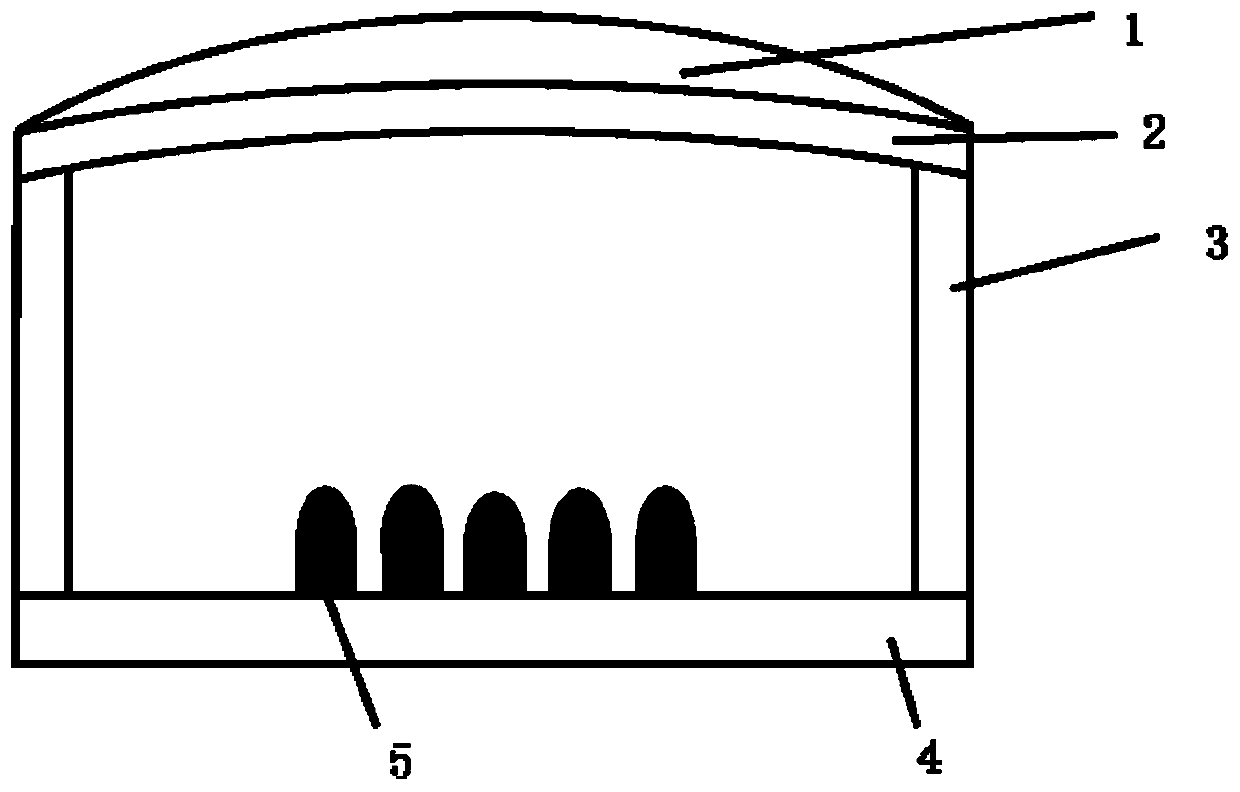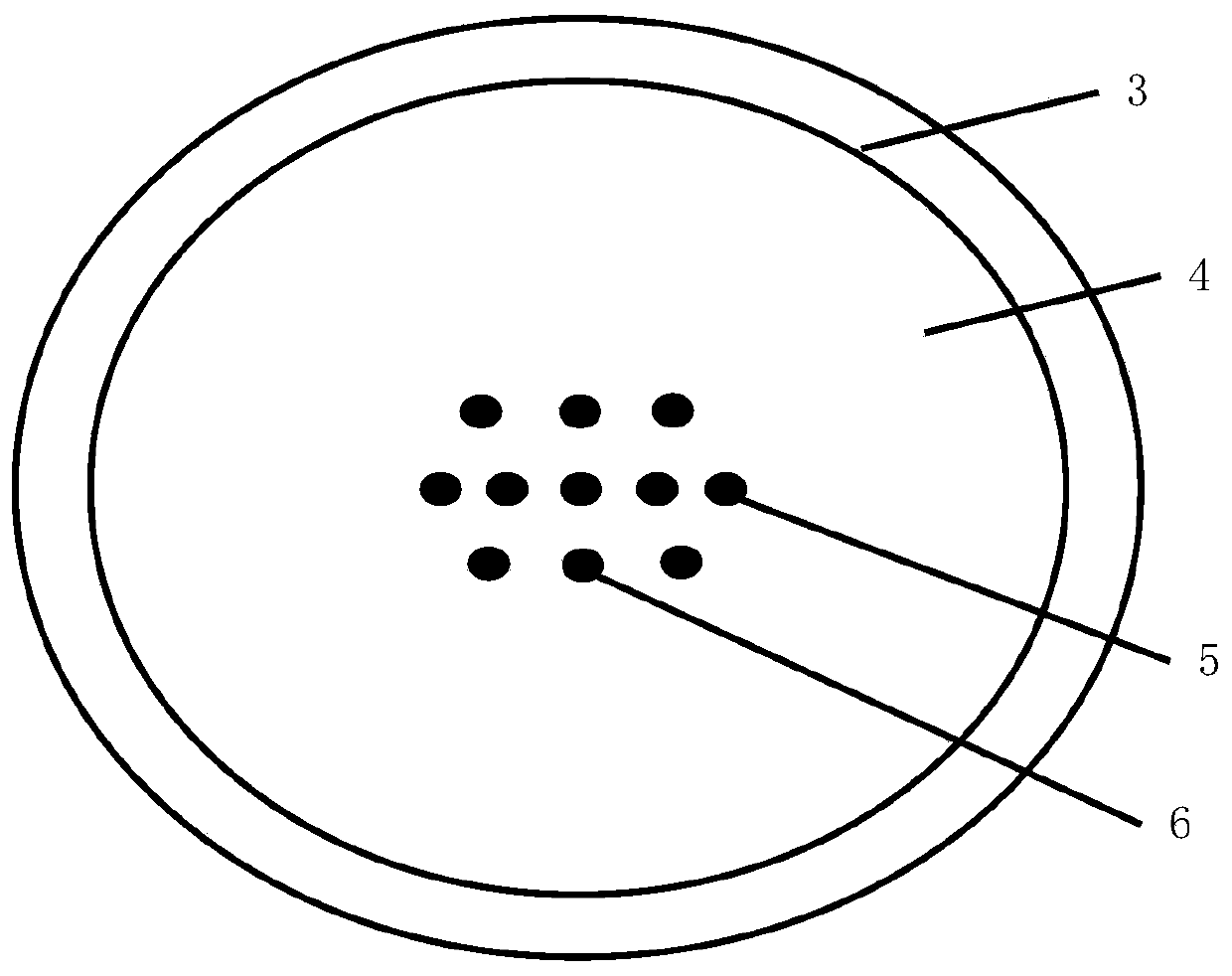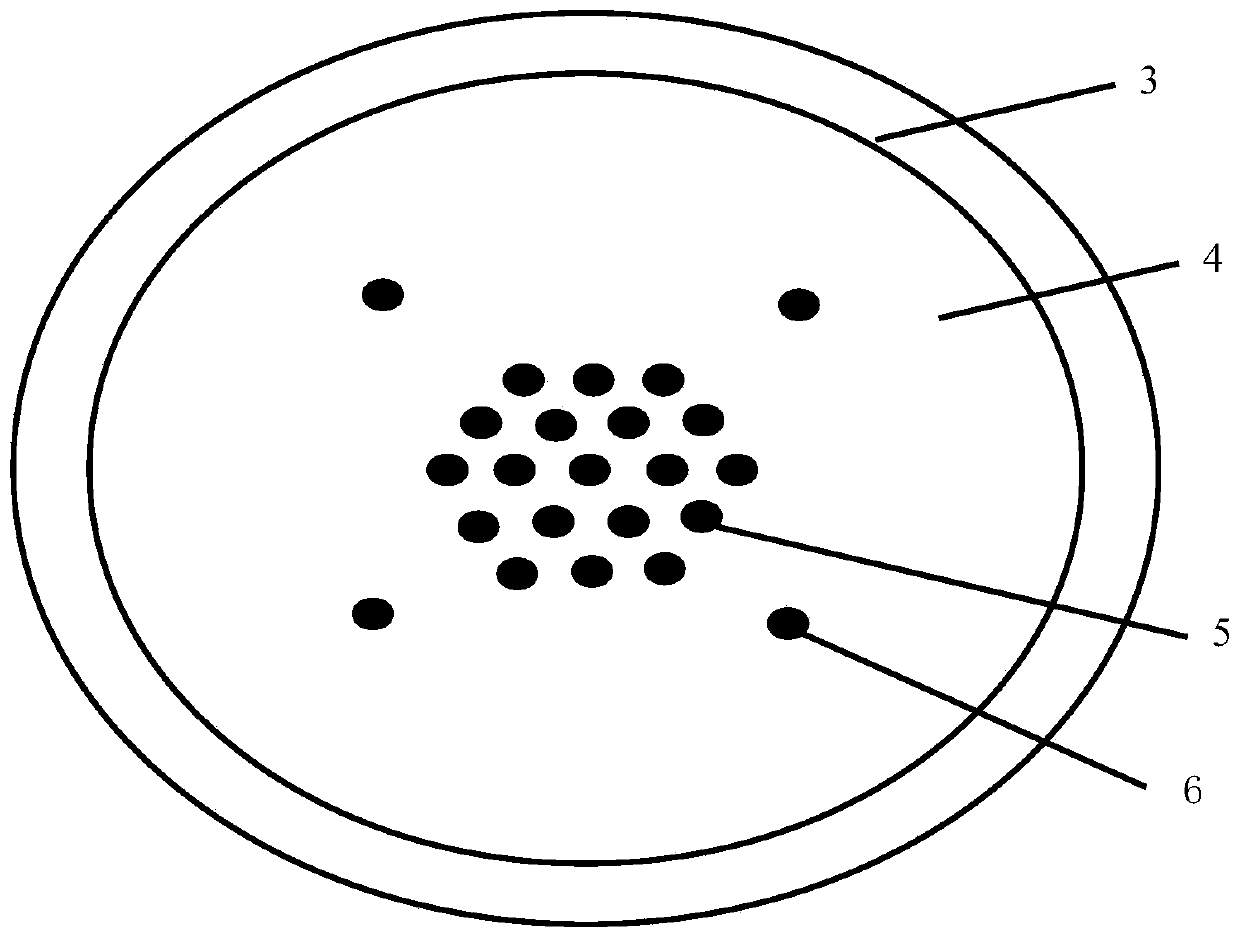Hemispherical lens feed transceiver integrated double ellipsoidal lens antenna
A hemispherical lens and lens antenna technology, applied in antennas, slot antennas, antenna arrays, etc., can solve the problems of different coverage, wide beam width, poor performance, etc., to improve stability and impact resistance, increase gain, Maintain a consistent effect
- Summary
- Abstract
- Description
- Claims
- Application Information
AI Technical Summary
Problems solved by technology
Method used
Image
Examples
Embodiment Construction
[0028]When the feed is placed on the focus of the double ellipsoid lens, the phase center of the feed coincides with the focus of the double ellipsoid lens, and the electromagnetic wave radiated by the feed antenna becomes a parallel beam through the double ellipsoid lens and radiates out, thus achieve the maximum gain of the antenna. The hemispherical lens antenna is used as the feed source so that the gain of the off-focus beam is consistent with that of the central beam while maintaining a high gain. The pattern of this double ellipsoidal lens antenna is similar to that of the traditional ball lens antenna, and narrow beams can be realized on the E-plane and H-plane. In addition, the longitudinal dimension of the lens antenna can be adjusted by changing the ratio of the focal length to the lens diameter. The radiation performance of the lens antenna can be optimized by the off-axis amount of the hemispherical lens antenna. By adjusting the major and minor axis lengths of ...
PUM
 Login to View More
Login to View More Abstract
Description
Claims
Application Information
 Login to View More
Login to View More - R&D
- Intellectual Property
- Life Sciences
- Materials
- Tech Scout
- Unparalleled Data Quality
- Higher Quality Content
- 60% Fewer Hallucinations
Browse by: Latest US Patents, China's latest patents, Technical Efficacy Thesaurus, Application Domain, Technology Topic, Popular Technical Reports.
© 2025 PatSnap. All rights reserved.Legal|Privacy policy|Modern Slavery Act Transparency Statement|Sitemap|About US| Contact US: help@patsnap.com



